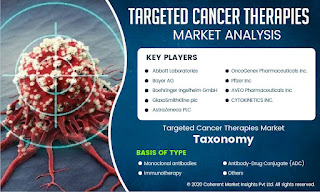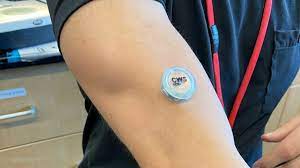Emerging Trends in the Global Ultrasonic Aspirator Market

The global medical device industry has witnessed significant advancements in recent years, and the field of surgical equipment is no exception. One of the notable areas of innovation is the ultrasonic aspirator market. Ultrasonic aspirators, also known as ultrasonic surgical aspirators or ultrasonic dissectors, have gained prominence in the medical community due to their precision and effectiveness in various surgical procedures, particularly neurosurgery. Ultrasonic aspirators are devices used to fragment and remove tissues during surgical procedures by utilizing ultrasonic vibrations. These vibrations create microcavitation bubbles within the target tissue, leading to its fragmentation without causing significant damage to surrounding healthy tissue. The global ultrasonic aspirator market is experiencing remarkable growth due to several emerging trends that are shaping its landscape. 1. Minimally Invasive Approach: In recent years, there has been a growing demand for minimally

















